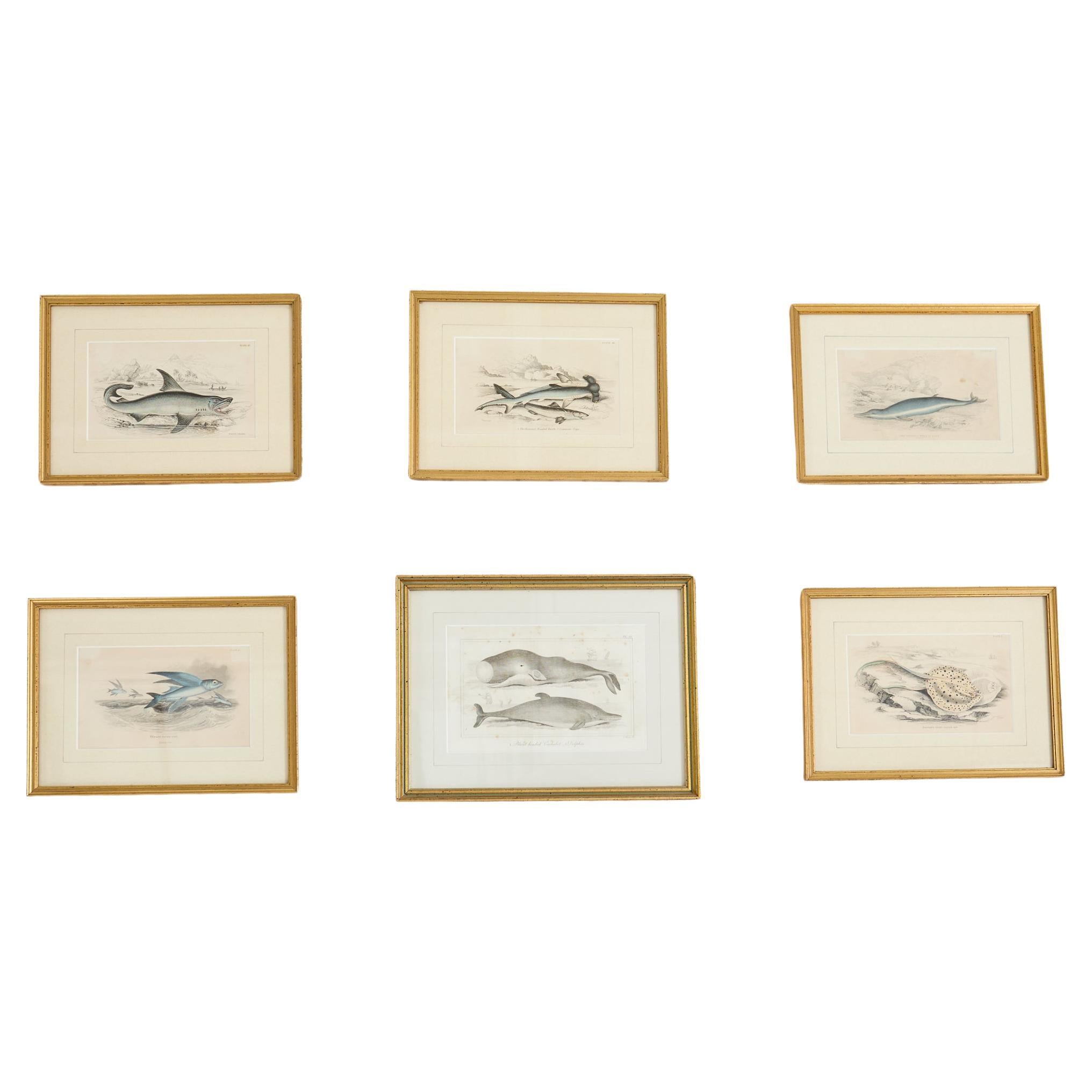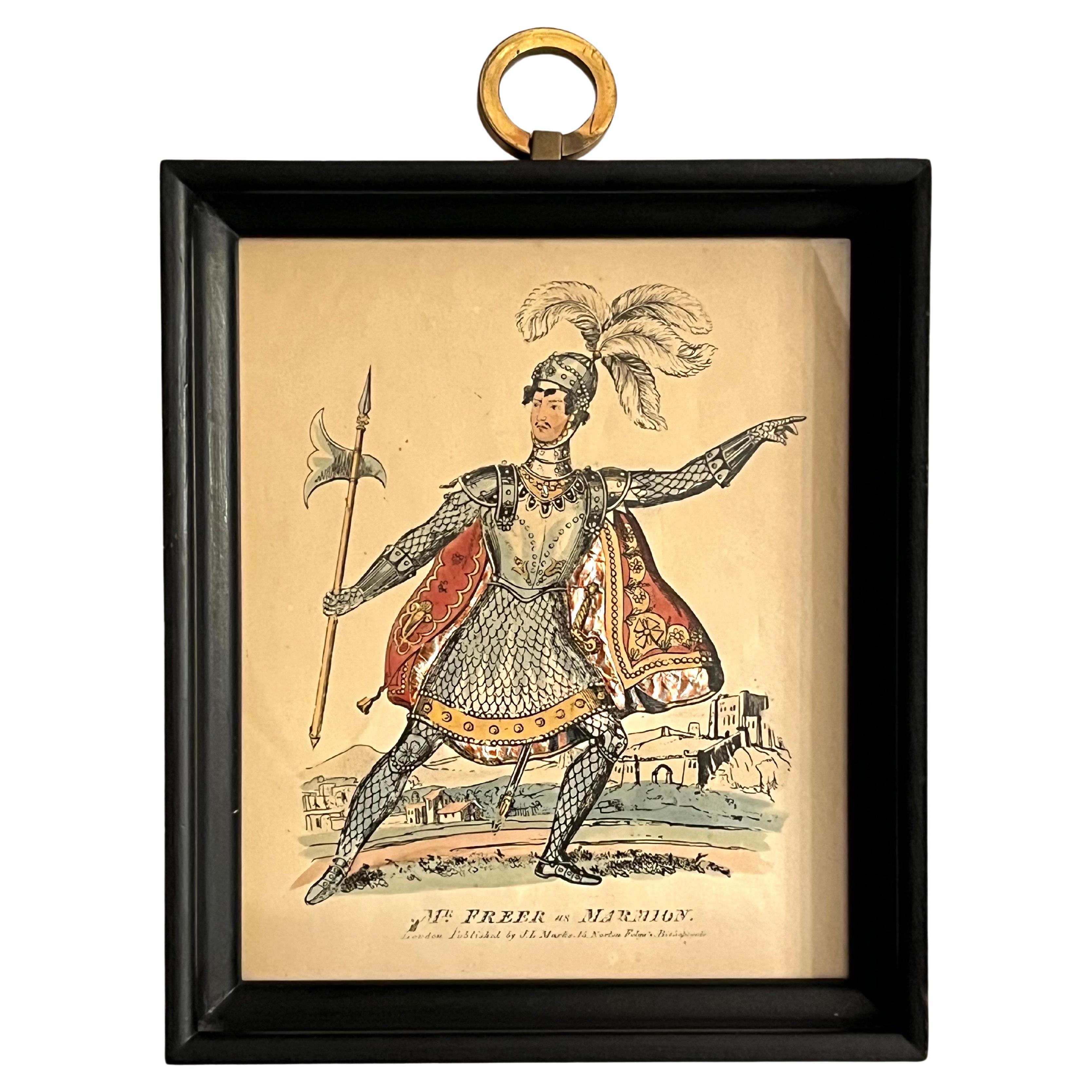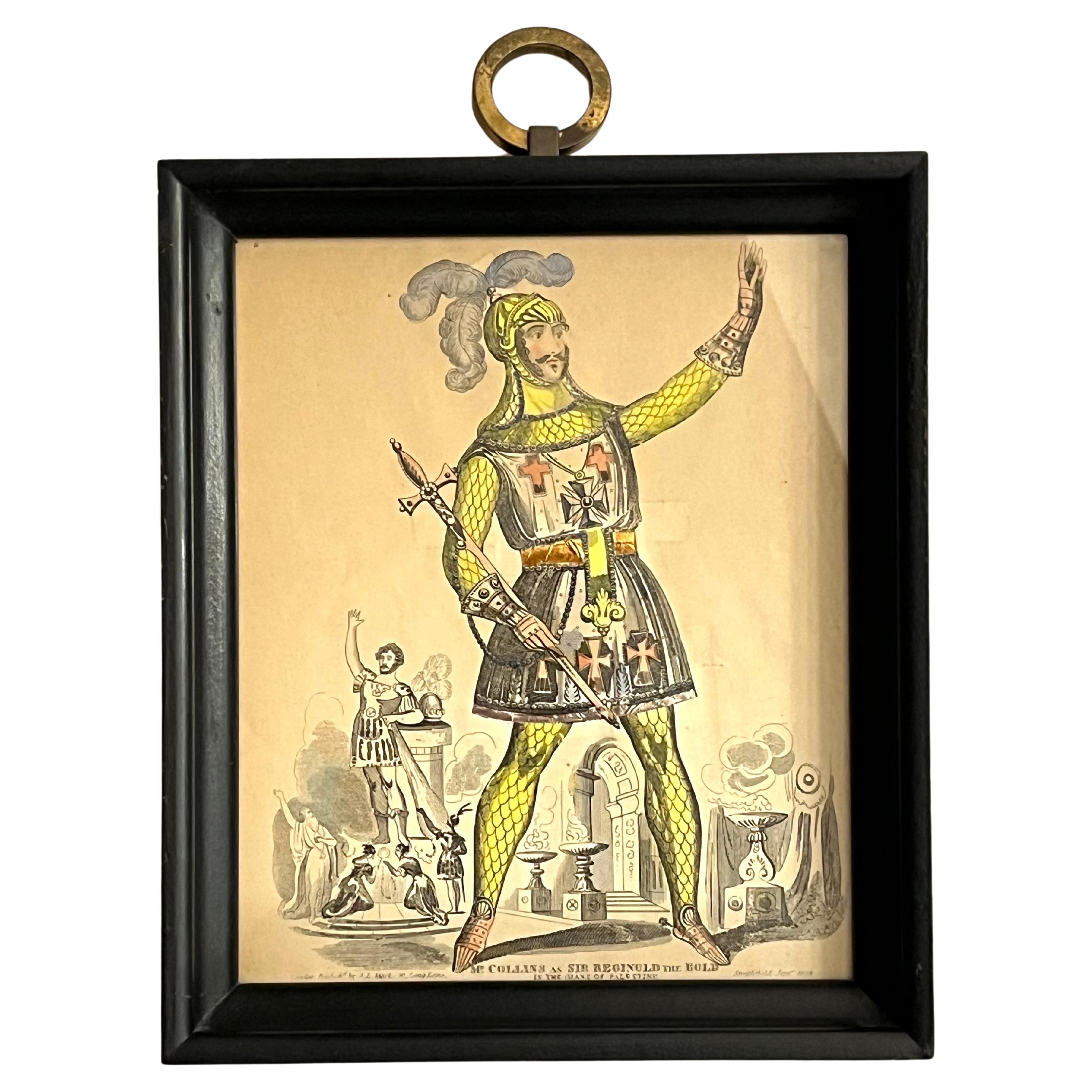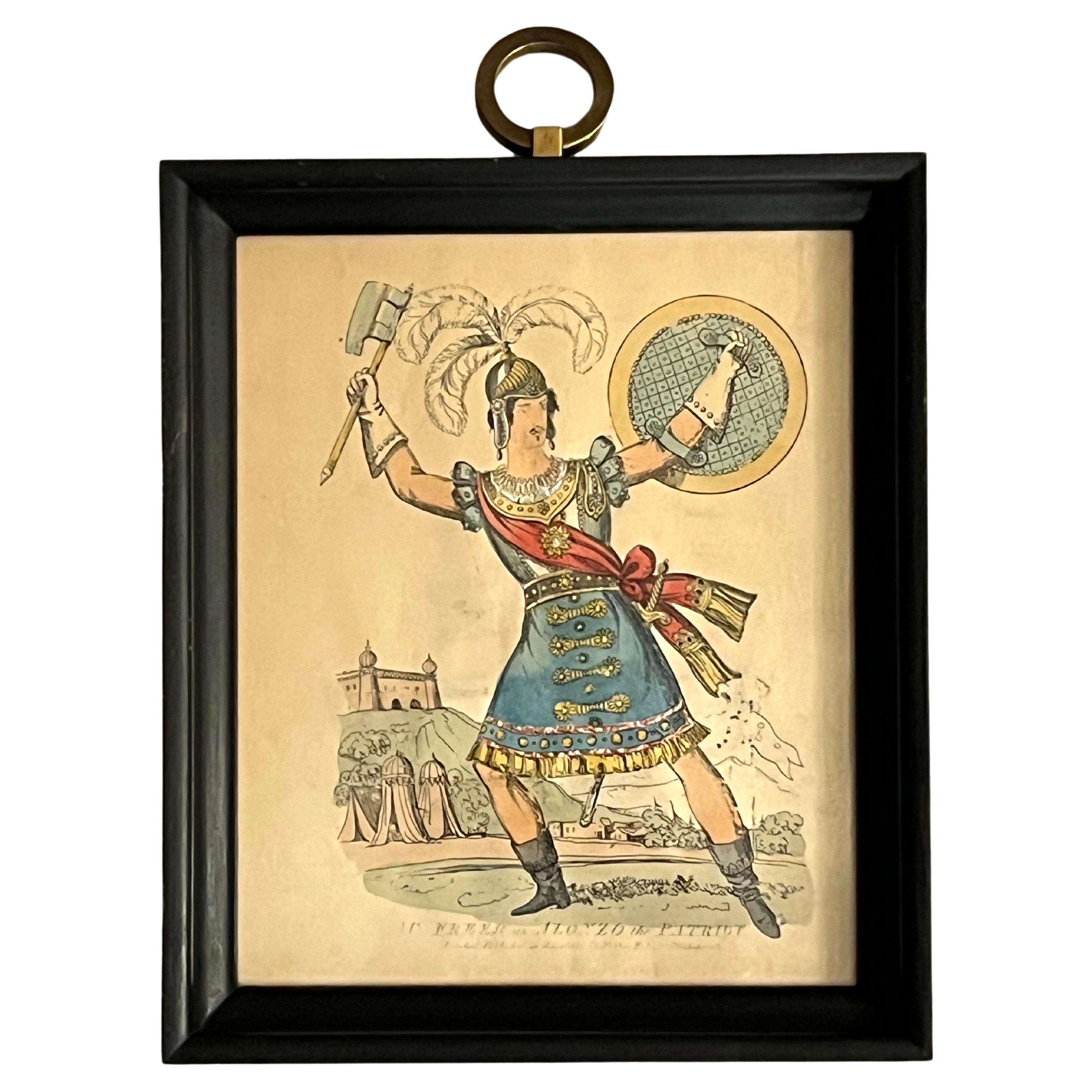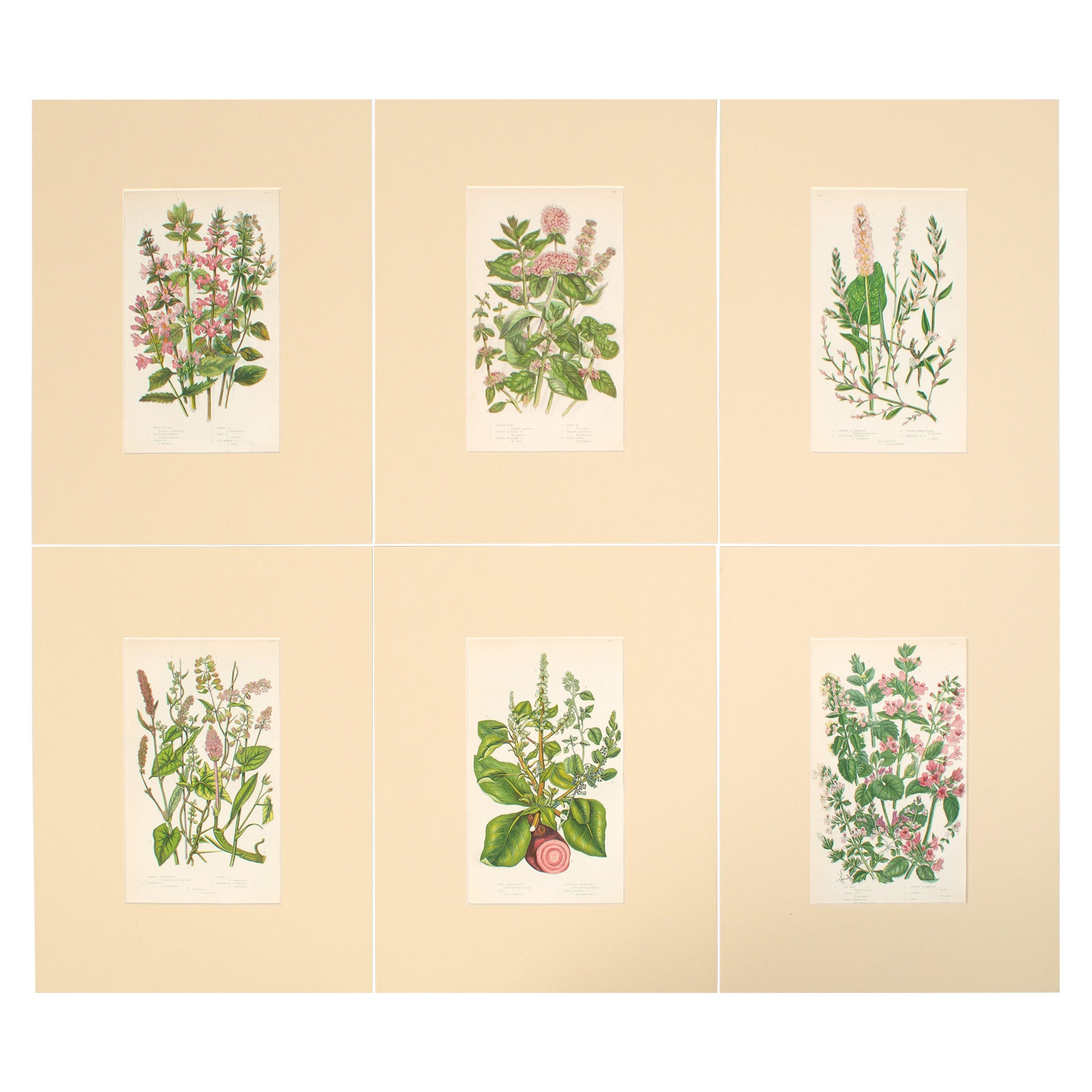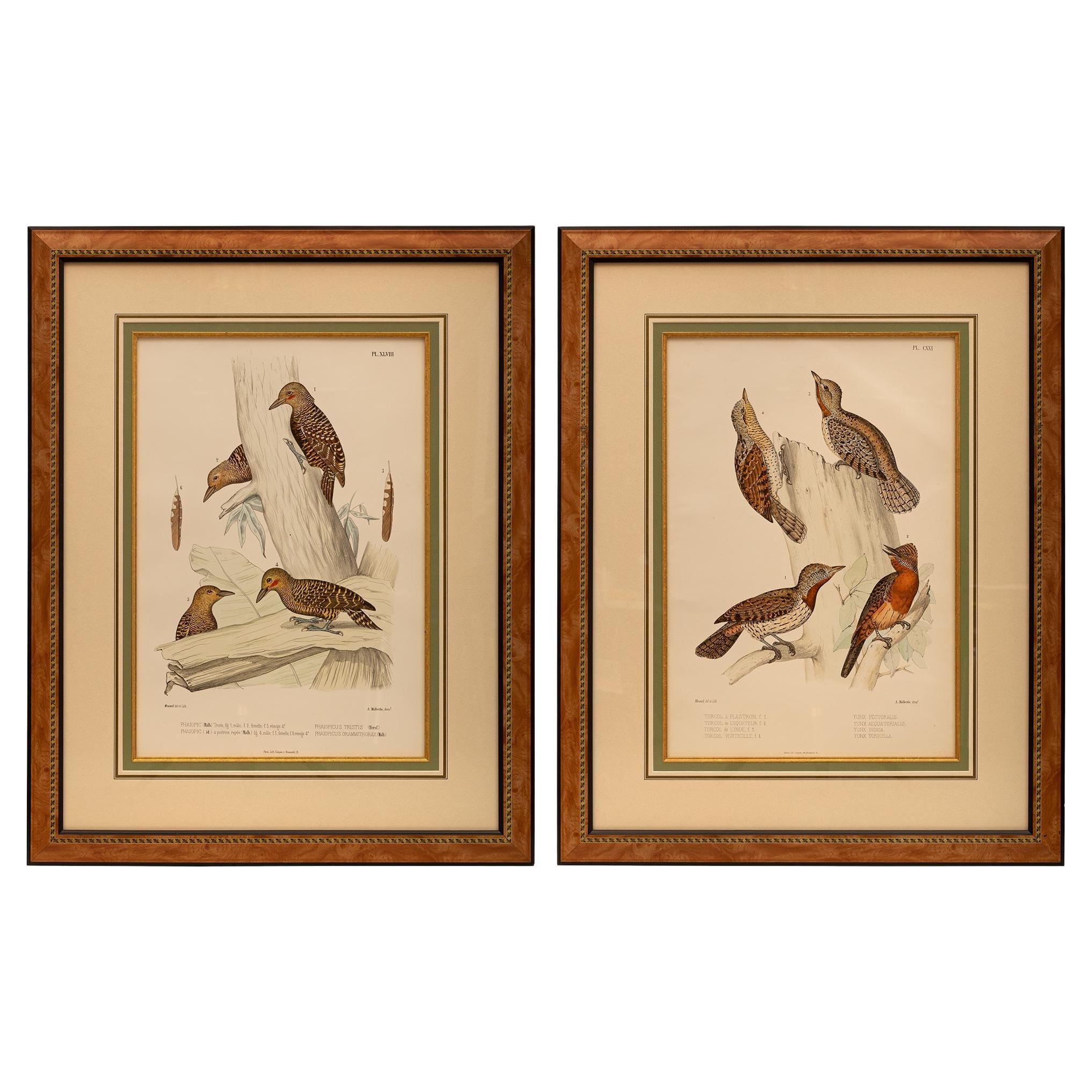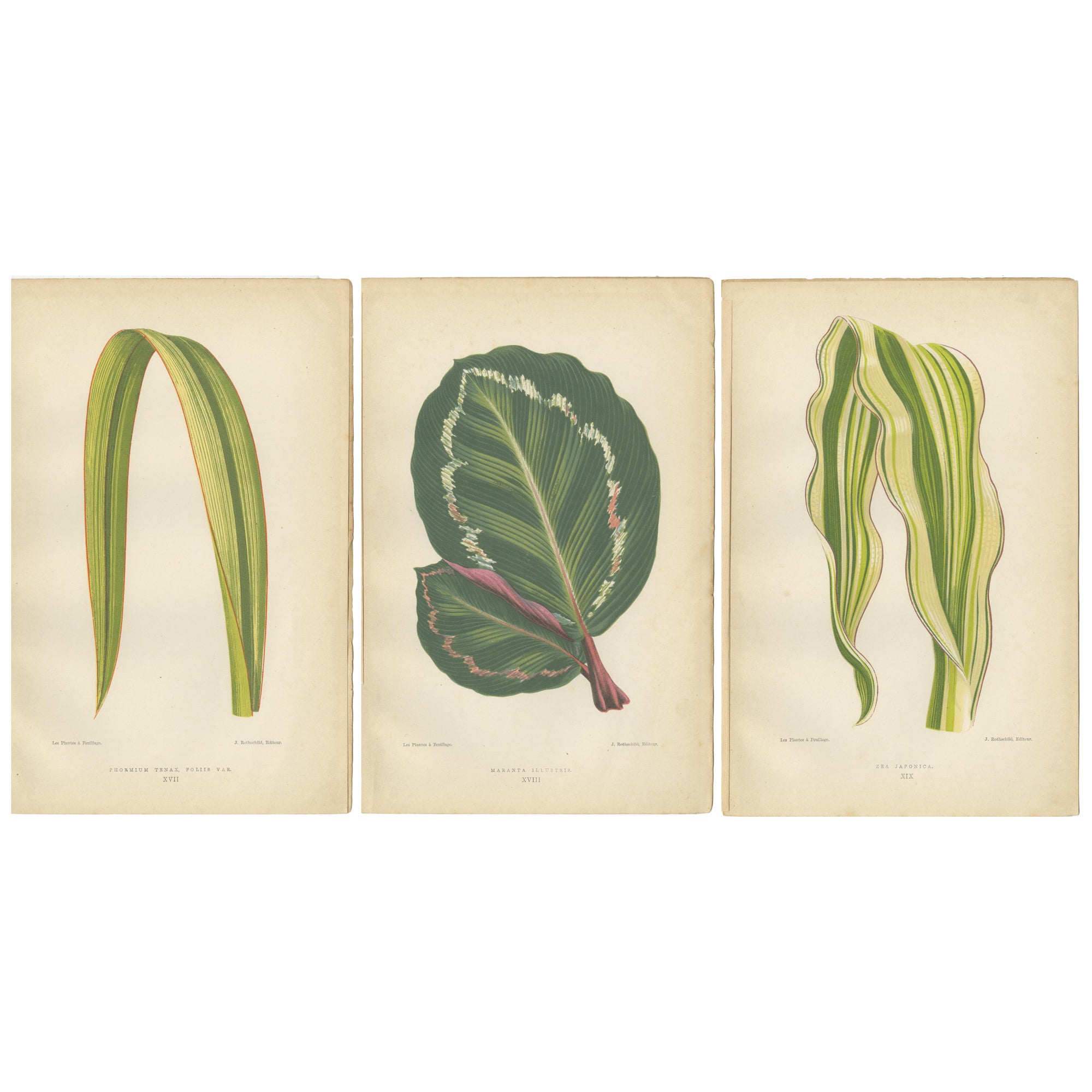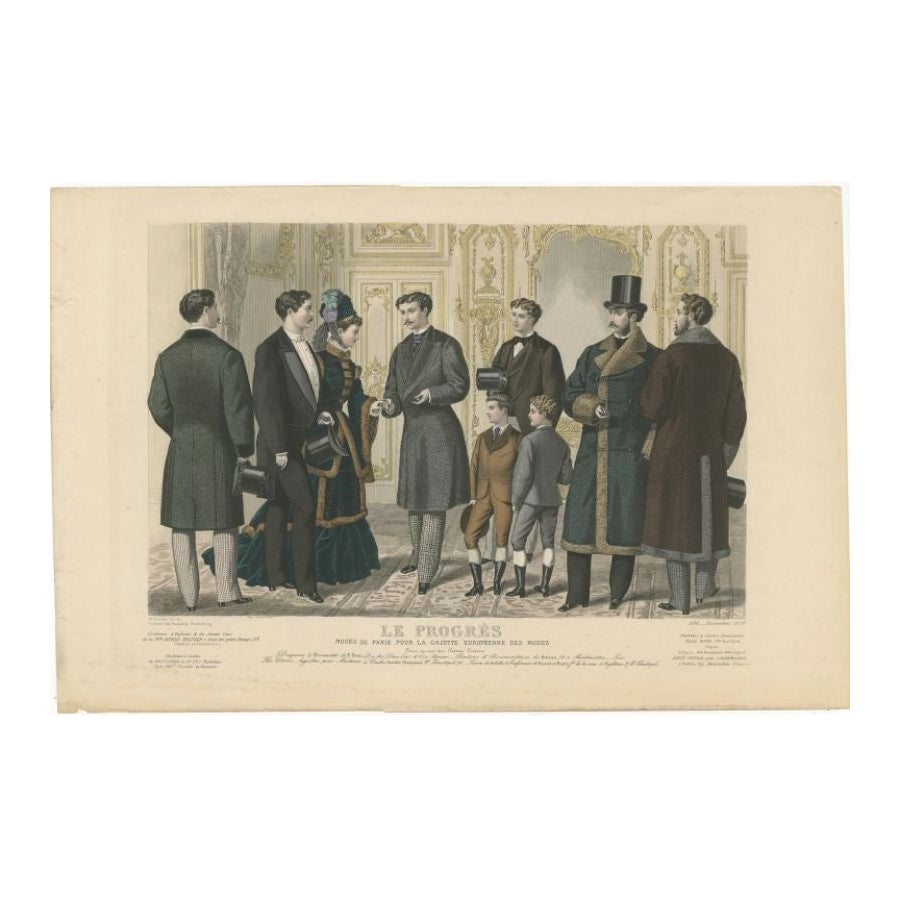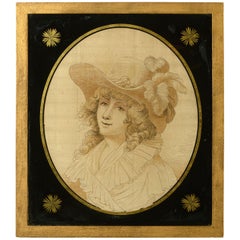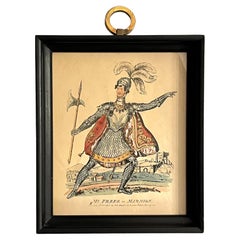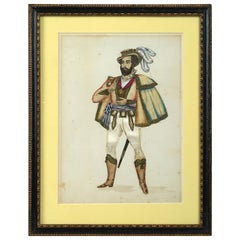
Set of Six 19th Century Decoupage "Tinsel Prints"
View Similar Items
Want more images or videos?
Request additional images or videos from the seller
1 of 2
Set of Six 19th Century Decoupage "Tinsel Prints"
About the Item
About the Seller
4.7
Vetted Seller
These experienced sellers undergo a comprehensive evaluation by our team of in-house experts.
Established in 2005
1stDibs seller since 2014
152 sales on 1stDibs
More From This SellerView All
- Late 18th Century Silk Work Portrait of a LadyLocated in London, GBA fine and rare late 18th century silk work portrait of a young lady. Set within the original verre eglomisé mount. Dimensions refer to size of frame.Category
Antique 1780s English Prints
- 19th Century Pair of Cloisonné VasesLocated in London, GBA fine late 19th century pair of cloisonné baluster form vases, enameled with soft blue and pink and set upon an intricately decorated foot.Category
Antique Late 19th Century Japanese Vases
$3,697 / set - Late 19th Century Still Life of FruitLocated in London, GBA late 19th century still life oil depicting a melon, a vine branch with grapes, tomatoes, plumbs and hazelnuts on a marble table top. Oil on canvas. Set within a guilt composite...Category
Antique Late 19th Century Dutch Paintings
- 19th Century Pair of Famille Verte JarsLocated in London, GBA 19th century pair of famille verte jars, the bodies with figurative decoration. Qing dynasty, Tongzhi period.Category
Antique Late 19th Century Chinese More Asian Art, Objects and Furniture
$2,358 / set - Pair of 19th Century Imari Dragon VasesLocated in London, GBA fine pair of 19th century Imari porcelain vases, the bodies of ribbed form and with blue glazed dragons, modelled in relief, upon a...Category
Antique Late 19th Century Japanese Porcelain
MaterialsPorcelain
- 19th Century Bronze GreyhoundLocated in London, GBAn early 19th century Empire period finely cast bronze greyhound, of good color, modelled seated and set upon a black marble plinth.Category
Antique Early 19th Century French Napoleon III Animal Sculptures
MaterialsBelgian Black Marble, Bronze
You May Also Like
- Set of Six 19th Century Hand-Colored Marine Biology PrintsLocated in Rio Vista, CAFascinating set of six 19th century steel engraved etchings or prints of marine biology species. Five of the six prints were engraved by William Lizars London, England with signature...Category
Antique 19th Century English Victorian Prints
MaterialsGiltwood, Paper
- 19th Century English Tinsel Print Portrait of Actor Retailed Saxon and ClemensLocated in Atlanta, GAA mid 19th century English full length portrait tinsel print hand colored and hand embellished, framed and retailed by Saxon and Clemens of New York City circa mid 20th century. This print depicts, "Mr. Freer as Marmion". This is one of three tinsel prints that I have available on my HKFA storefront here on 1stdibs. From the Robertson Davies Collection website, I would like to share with you this fascinating history of tinsel prints, "As the popularity of these prints became wide spread, bags of prepared tinsel decorations were sold along with the prints making them customizable by the purchaser. Thus after the tinseling process, no two prints would be identical. Tinsel prints emerged from the tradition of toy theatres. Once an appropriate model theatre was purchased, the public could buy prints depicting actors, actresses and scenery from plays that were being performed at the time and recreate those plays in their home. As the "juvenile drama" became popular, play books were published along side prints so the words of the plays could be recreated as well. While the genre flourished the desire to purchase a larger print of a specific actor or actress remained. Thus two types of theatrical prints became to be printed: those for juvenile dramas that were small and excluded specific actors names, and actors portraits that were larger and more individualized. In the larger theatrical portraits, characters were "always displayed full length" and "striking [a] habitual and dramatic pose". The 1830's marked the emergence of tinseling prints as a past time. Before this time, if an individual wished to embellish a portrait, individual sheets of metal foil would have to be purchased, measured and cut to fit an individual print. Once tinseling became common, different packages of precut tinsel (specific to the print)would be sold with each print as aforementioned. The term tinsel specifically refers to the metal sheets used to represent armor and weapons, but more broadly includes pieces of satin, silk, velvet, leather, and feathers among other embellishments. Although tinsel prints are now viewed as works of art, in the nineteenth century they were no more than a child's pastime. Most sources cite tinseling, as well as toy theatre, as being most popular among boys from the working class. Their popularity among boys could explain why male portraits were produced more frequently than female, however, it is more likely that male costumes, with their multiple pieces of armor and arms...Category
Antique Mid-19th Century English Prints
MaterialsMetal, Brass, Foil
- 19th Century English Tinsel Print Portrait of Actor Retailed Saxon and ClemensLocated in Atlanta, GAA mid 19th century English full length portrait tinsel print hand colored and hand embellished, framed and retailed by Saxon and Clemens of New York City (original paper backing has been lost to time, however this print is similar to two others both from Saxon and Clemens) circa mid 20th century. This print depicts, "Mr. Collins as Sir Reginold the Bold in the Giant of Palestine". This is one of three tinsel prints that I have available on my HKFA storefront here on 1stdibs. From the Robertson Davies Collection website, I would like to share with you this fascinating history of tinsel prints, "As the popularity of these prints became wide spread, bags of prepared tinsel decorations were sold along with the prints making them customizable by the purchaser. Thus after the tinseling process, no two prints would be identical. Tinsel prints emerged from the tradition of toy theatres. Once an appropriate model theatre was purchased, the public could buy prints depicting actors, actresses and scenery from plays that were being performed at the time and recreate those plays in their home. As the "juvenile drama" became popular, play books were published along side prints so the words of the plays could be recreated as well. While the genre flourished the desire to purchase a larger print of a specific actor or actress remained. Thus two types of theatrical prints became to be printed: those for juvenile dramas that were small and excluded specific actors names, and actors portraits that were larger and more individualized. In the larger theatrical portraits, characters were "always displayed full length" and "striking [a] habitual and dramatic pose". The 1830's marked the emergence of tinseling prints as a past time. Before this time, if an individual wished to embellish a portrait, individual sheets of metal foil would have to be purchased, measured and cut to fit an individual print. Once tinseling became common, different packages of precut tinsel (specific to the print)would be sold with each print as aforementioned. The term tinsel specifically refers to the metal sheets used to represent armor and weapons, but more broadly includes pieces of satin, silk, velvet, leather, and feathers among other embellishments. Although tinsel prints are now viewed as works of art, in the nineteenth century they were no more than a child's pastime. Most sources cite tinseling, as well as toy theatre, as being most popular among boys from the working class. Their popularity among boys could explain why male portraits were produced more frequently than female, however, it is more likely that male costumes, with their multiple pieces of armor and arms...Category
Antique Mid-19th Century English Prints
MaterialsFoil, Brass, Metal
- 19th Century English Tinsel Print Portrait of Actor Retailed Saxon and ClemensLocated in Atlanta, GAA mid 19th century English full length portrait tinsel print hand colored and hand embellished, framed and retailed by Saxon and Clemens of New York City circa mid 20th century. This print depicts, "Mr. Freer as Alonzo the Patriot". This is one of three tinsel prints that I have available on my HKFA storefront here on 1stdibs. From the Robertson Davies Collection website, I would like to share with you this fascinating history of tinsel prints, "As the popularity of these prints became wide spread, bags of prepared tinsel decorations were sold along with the prints making them customizable by the purchaser. Thus after the tinseling process, no two prints would be identical. Tinsel prints emerged from the tradition of toy theatres. Once an appropriate model theatre was purchased, the public could buy prints depicting actors, actresses and scenery from plays that were being performed at the time and recreate those plays in their home. As the "juvenile drama" became popular, play books were published along side prints so the words of the plays could be recreated as well. While the genre flourished the desire to purchase a larger print of a specific actor or actress remained. Thus two types of theatrical prints became to be printed: those for juvenile dramas that were small and excluded specific actors names, and actors portraits that were larger and more individualized. In the larger theatrical portraits, characters were "always displayed full length" and "striking [a] habitual and dramatic pose". The 1830's marked the emergence of tinseling prints as a past time. Before this time, if an individual wished to embellish a portrait, individual sheets of metal foil would have to be purchased, measured and cut to fit an individual print. Once tinseling became common, different packages of precut tinsel (specific to the print)would be sold with each print as aforementioned. The term tinsel specifically refers to the metal sheets used to represent armor and weapons, but more broadly includes pieces of satin, silk, velvet, leather, and feathers among other embellishments. Although tinsel prints are now viewed as works of art, in the nineteenth century they were no more than a child's pastime. Most sources cite tinseling, as well as toy theatre, as being most popular among boys from the working class. Their popularity among boys could explain why male portraits were produced more frequently than female, however, it is more likely that male costumes, with their multiple pieces of armor and arms...Category
Antique Mid-19th Century English Prints
MaterialsBrass, Foil
- Set of Six French 19th Century Architectural EngravingsLocated in Gloucestershire, GBSuperb set of eight late 19th Century French architectural engravings. These unusual and highly decorative engravings are of architec...Category
Antique 19th Century French Country Prints
MaterialsGlass, Wood, Paper
- Set of Four 19th Century Equestrian PrintsLocated in New York, NYSet of four 19th century equestrian prints.Category
Antique 1850s Prints
$5,500 / set
Recently Viewed
View AllMore Ways To Browse
Set Of Six 17th Century
Antique Hogarth Prints
Hogarth Engravings
Antique Tinsel
Bird Print 1929
Set Of Hand Colored Engravings
19th Century Bird Engraving
Chinese Metal Plate
19th Century Australian Furniture
Large Antique Prints Set
Set Of English Engravings
Antique Prints Of Children
Hand Colored Italian Engraving
1836 Antiques
French Wall Map
Neoclassical Architecture Framed
Wall Map Of France
China Wall Plates
